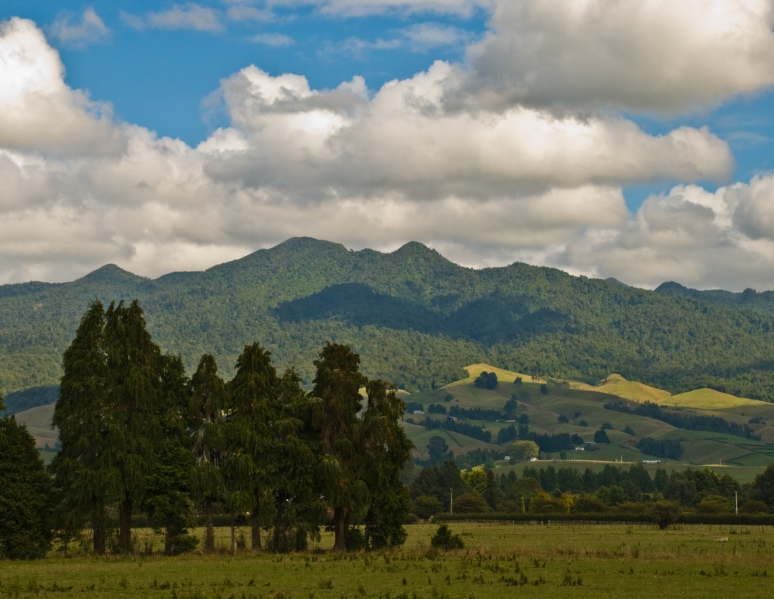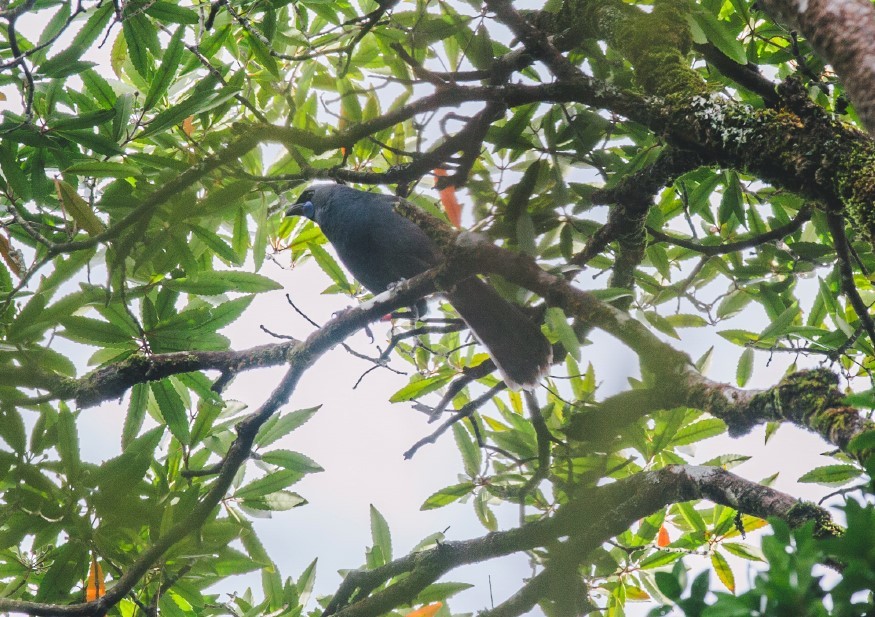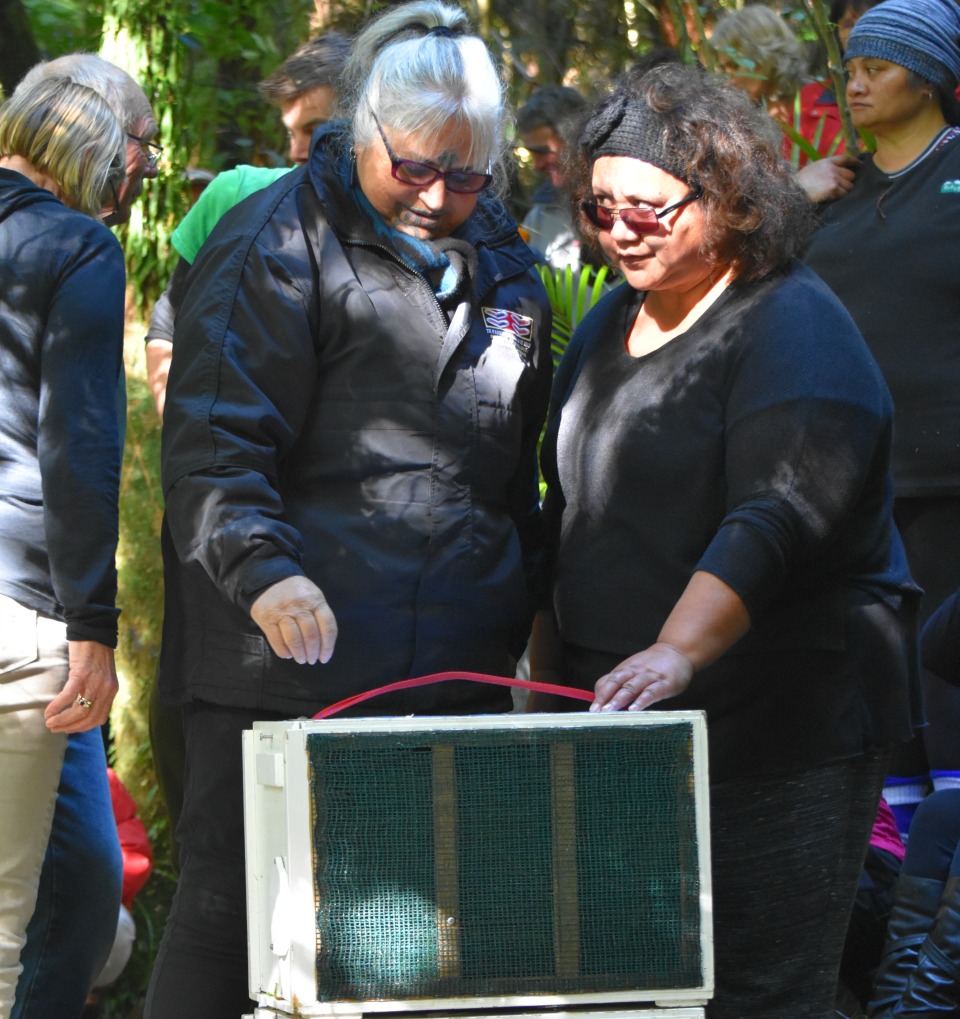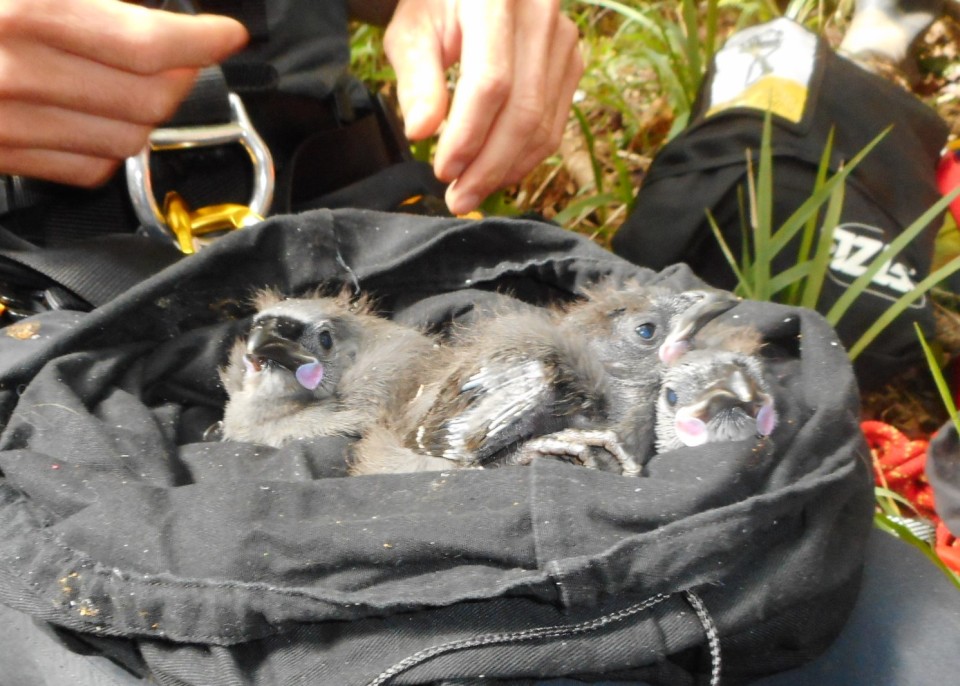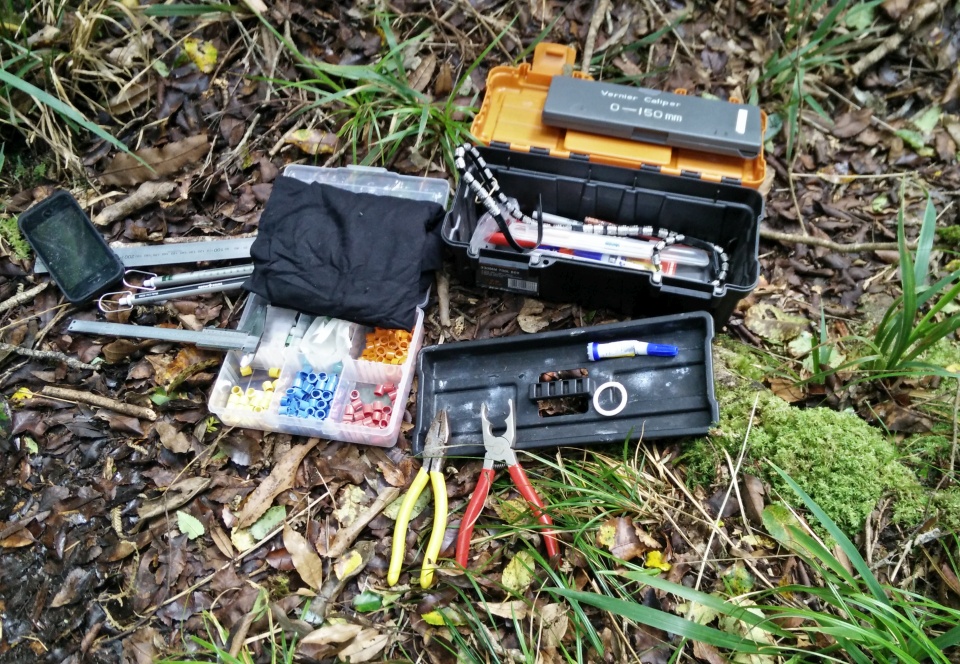Pirongia Mountain is the largest area of native forest remaining in the Waikato Basin and is of high conservation value due to the variety of plant and animal habitat it provides.
Since European settlement the numbers of native birds and insects has dropped due to changes in the forest caused by milling and the effect of introduced animal pests.
Kōkako once had a strong presence on Mt Pirongia. However due to constant pest threats, the last birds were removed in the 1990s for their own survival.
Restoring life to the maunga
The Pirongia Te Aroaro o Kahu Restoration Society is working on bringing life back to the maunga by restoring kōkako and other key native species to Mt Pirongia. The society focuses its efforts on controlling pests and reintroducing native species. This work is ongoing and requires lots of people working together.
The society was formed in 2002. The title Te Aroaro o Kahu comes from the name used by tangata whenua for Pirongia. It translates as:
"The scented presence of Kahu (a tohunga's wife)"
This name captures the vision of the restoration society “to see this mountain continue to influence and enrich the lives of all who gaze upon it."
Life on Mount Pirongia
As you climb Mt Pirongia you will notice the forest changes as you get higher. There are two broad forest types. The lower slopes of the mountain are covered in podocarp/broadleaved forest with scattered rimu and rata over a canopy dominated by tawa.
As the altitude increases, these species are gradually replaced by hardy upland trees and shrubs.
It is this variety of plants that supports a wide variety of animals.
Mount Pirongia is home to a great variety of wildlife: 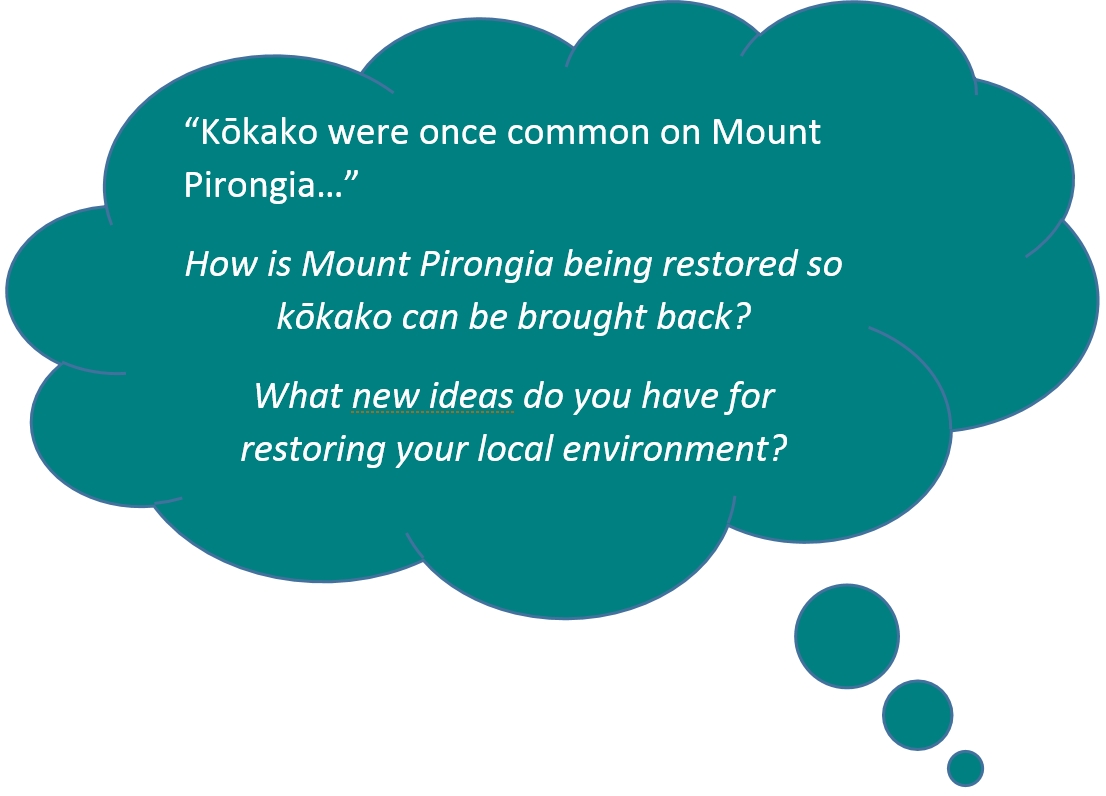
- native and introduced birds
- small lizards
- eels
- bullies (freshwater fish)
- trout and crayfish.
To restore Mount Pirongia the society has needed the help of iwi, local people and organisations.
Beginning in 2006 a bait station grid was set up on Mt Pirongia, initially with 250ha and eventually covering 1,000ha. Stretching across the north-eastern face of the maunga, the grid is serviced by community volunteers over the spring to protect nesting birds from rats and possums.
After 20 years of hard work
With a lot of hard work and many different community groups working together predator numbers on Mount Pirongia are now low enough to reintroduce birds like kōkako. Rat populations are now below the required 5-3% which effectively protects birds from predation.
The dream of hearing the call of the kōkako on Mt Pirongia once again is now close to coming true. The first kōkako release took place in June 2017.
On this field trip you will help locate kōkako in Pureora Forest with the goal of safely capturing some birds to transport to Mount Pirongia where they can bring bird song back to the maunga.
Whatungarongaro te tangata toitu te whenua
As man disappears from sight, the land remains.
Complete the Mount Pirongia restoration quiz >

